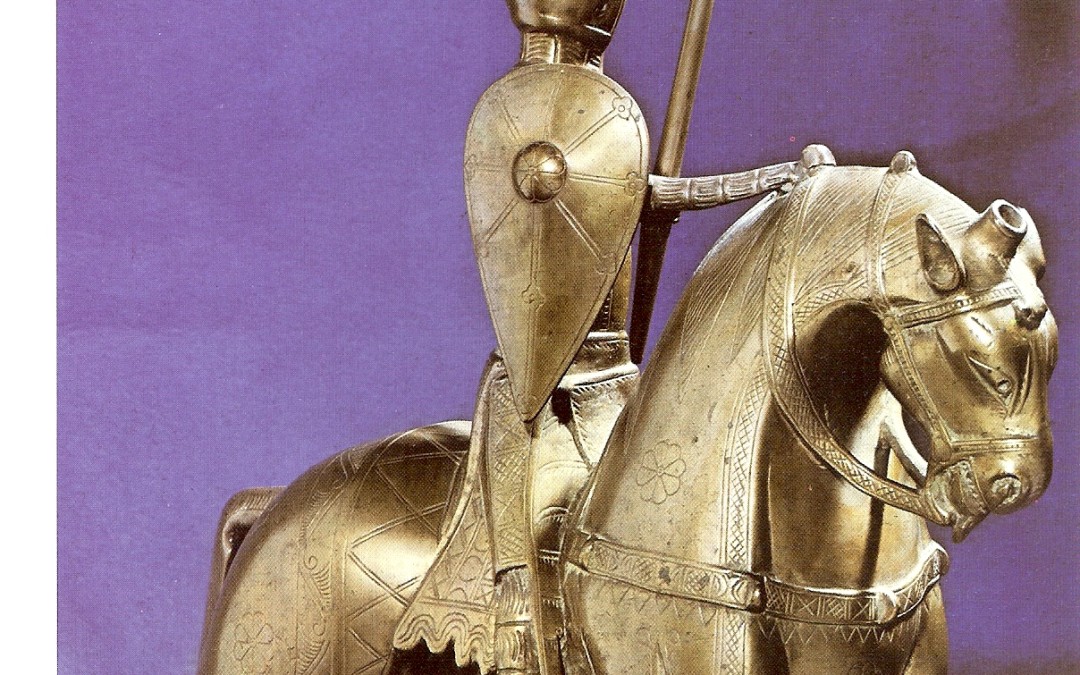
by Craig Stevens | Jun 30, 2015 | Craig Stevens' Blog
The path in dressage is in the actual work that we do with the horse. It is not a theory nor is it a method. What appears in a given moment with a horse simply is. What arises simple arises. The reason or reasons do not matter. What does matter is simply what appears. What appears is not a thing, it is an energy. It is neither good nor is it bad. The repression of appearance into “correctness” is destructive. Attempts to repress what is, or attempts to conceal what is, do not change the underlying energy. Energy cannot be destroyed. It can only be directed and directing what “is” (the energy) properly furthers the training. Improper direction of energy (repressed or concealed energy) is destructive to the horse, human or both. Too frequently, we deal with the effects and do not consider the cause. When we can work with the cause we can transform the energy and take even the most negative energy and turn it into a transformative thing. We see it, touch it, smell it, hear it and then we transform it. This is how we work with energy. We do not block it but we leap into it and fully experience it. Energy arises in feeling and so when we touch it we feel it. The touch (feeling) is not about the object of the feeling but its texture. The smell of it finds within the energy a cadence. It is the wave of its odor. Hearing it is to know its direction and its source. We do not have to name any of this. Feeling...
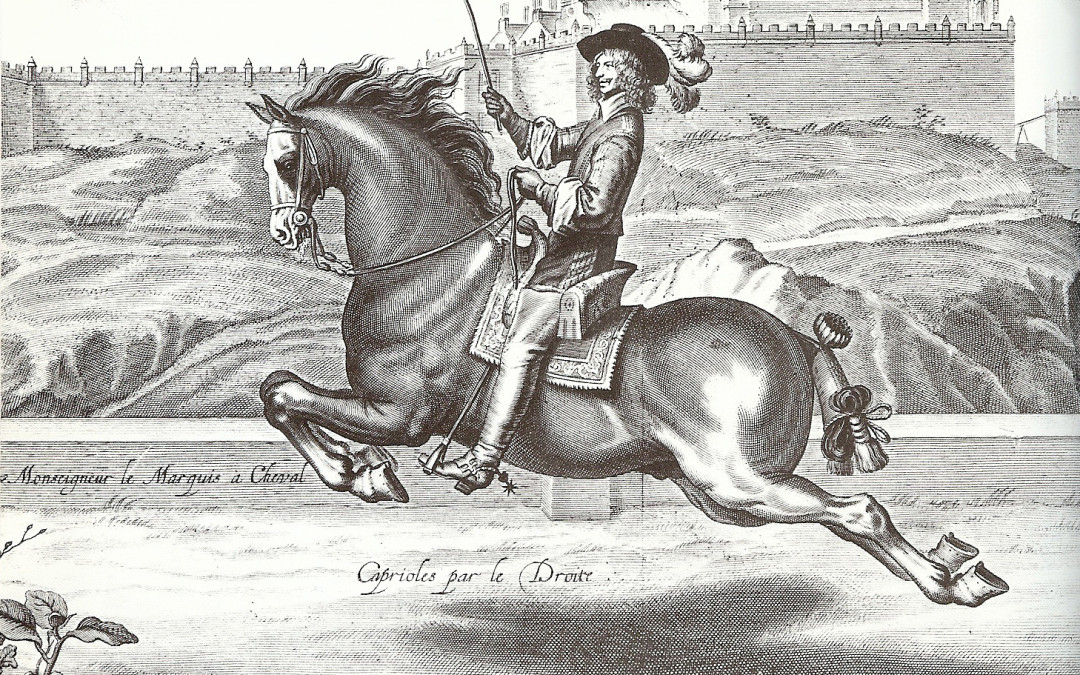
by Craig Stevens | Jun 29, 2015 | Craig Stevens' Blog
The centaur effect is not a mythological concept, but a real moment to moment experience. It occurs when the rider’s body is in complete synchronization with the horse’s body and the mind is conscious of it. At first it is only a moment in time, but as the mind grasps what is happening, one learns how to prolong the moment. The whole point of instruction in dressage is in how to create and “own” these moments. What occurs when you are able to do this is that you then also find that you have perfect control. There is a feeling of floating with the horse and you understand what “correct” is. What is most unfortunate is that the popular teachings of modern dressage absolutely kills the possibility of this happening while at the same time acknowledging this experience as one of the goals of dressage. Many of us who rode as children have “accidentally” had moments of this feeling. This experience totally sidesteps discussions about what is correct because you do not need an expert to know that “this is it” and even if it was not from the view of some expert, you would just not care about their opinion. This whole effect is a simple state of mind. It is a sense of harmony that has found the body and a body which has found a proper relationship to the mind. The horse offers the proof of this event and rider mirrors the horse while the horse mirror the rider. This way of riding and working with the horse is totally addictive. Once you learn how this...
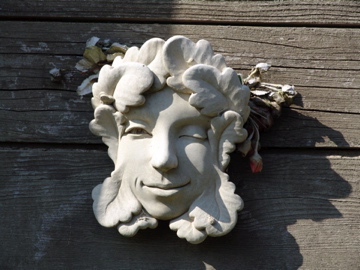
by Craig Stevens | Jun 29, 2015 | Craig Stevens' Blog
I have used the word “gentle,” a lot in reference to dressage. Certainly, in my experience, gentle is not what I see in common practice in working with horses. There is, also, a perception held by some that the word “gentle” has some connotation of weakness. In woking with horses, all too often, there is a concern that being gentle is ineffective. As common as these beliefs may be, they are very far from true. Let’s look deeper into this idea of being gentle by first consulting the dictionary to understand the term itself. Gentle is from Middle English: from Old French gentil ‘high-born, noble’, from Latin gentilis ‘of the same clan.’ The original sense was ‘nobly born’, hence ‘courteous, chivalrous’, later ‘mild, moderate in action or disposition’ (mid 16th cent.). Interesting? If we seek to cultivate a relationship with the horse, what higher standard can we hope for than to be considered by the horse to be of the same clan. How can we achieve this unless we can conduct ourselves as those who are high born? It would seem then that the only way to advance our dressage is in finding a singularity of being with the horse based on a harmony of mind and behavior. By demonstrating our best (noble) behavior we draw out the horse’s best behavior. So it is only by kind and gentle means that we can advance our way on the path of dressage. We let our best and the horse’s best intentions to clarify any and all confusion which arises along the journey of dressage and through this we find wisdom. How...
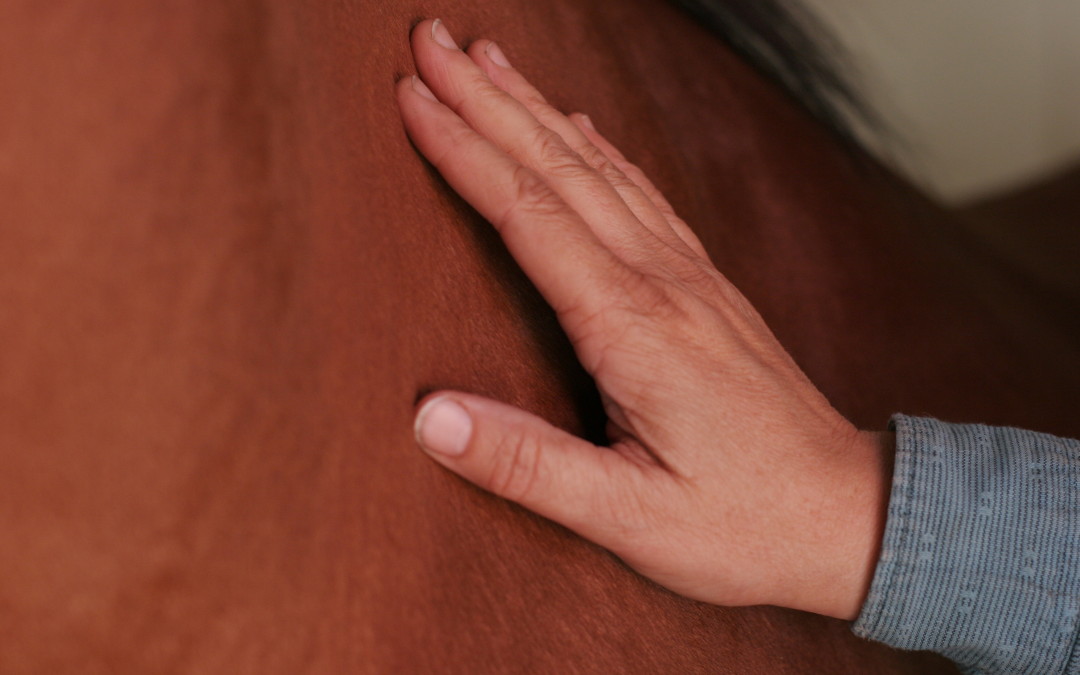
by Craig Stevens | Jun 27, 2015 | Craig Stevens' Blog
There is a lot of glamour and illusion in the dressage world. Both of these create a dream state in the rider and block us from seeing and working with the real horse. Self-deception depend upon the dream world, the point of which is to not do things which wake you up to see what is happening now. Classical dressage is one such idea which becomes like a cloak and enables you to see what you would like to see, rather than what you are now seeing. Credentials of various sort or competitive prizes are another way to cloak. Self-deception in dressage takes on many stories but all of them manifests in trying to create or recreate a dream world which produces the romanticized version of the horse/human relationship in a dream experience. This cloud of self deception hides us from the joy of working with the real horse who is light, joyful and kind and sticks us with the cheeky, resistant and difficult horse. Finding this responsive joyful animal is just a matter of removing the dream created by our own self deception. The problem with this is how angry people get when the dream is exposed or even threatened. They would rather withdrawn when there is any chance of awakening, but to really train the horse properly you must see beyond the dream. To work with the horse is to awaken from the dream and lay down the storylines. There is no method and no credentials which matter more than the engagement in this very moment with the horse. No stories, no excuses, just authentic presence and...
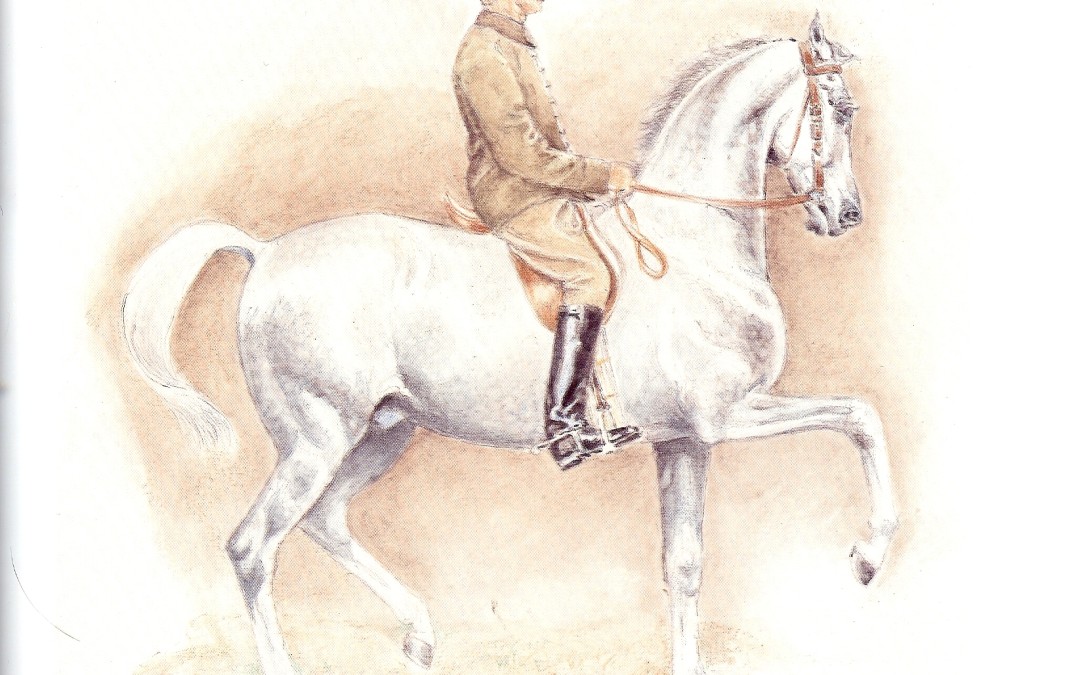
by Craig Stevens | Jun 25, 2015 | Old Masters Quotes and commentary
Classical dressage is founded in the teachings of the ancient Greeks. Particularly, but not limited to the teachings of Aristotle and Plato. In everything including working with the horse, a horseman worked always with the the four cardinal virtues as the ground of all training and the aids. The four cardinal virtues are: 1. Prudence (Wisdom) It is right reason in action. It is the foundation of all the other virtues. It establishes rule and measure in any situation with the horse. Skillful means arises from wisdom. It is seeing what is and acting or not as needed. Wisdom sees the horse as a being who is our physical superior in every way and knows how to engage our intelligence to improve its situation. 2. Justice Justice toward ourselves and the horse disposes one to respect the rights of the horse and to establish in the relationship the harmony that promotes equity with regard to both beings. It understands that there is at the heart of any relationship a common good. In good dressage, the perfection of the seat is the greatest justice from which just aids arise. 3. Fortitude Dressage presents a range of difficulties in both learning and practice. Fortitude is the strength or firmness of mind that enables a person to encounter difficulties and danger with coolness and courage. The assumption many times is strength is hard and aggressive but real strength is the source of all kindness,. Only the strong can be gentle. 4. Temperance In modern thinking the term temperance is what ensures the will’s mastery over instincts and keeps desires within the limits of what...







Recent Comments